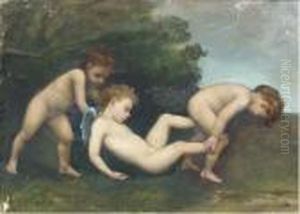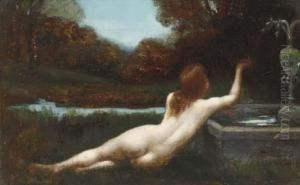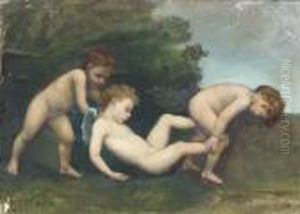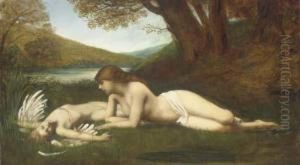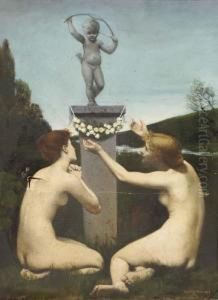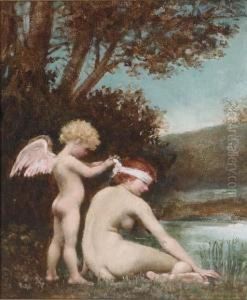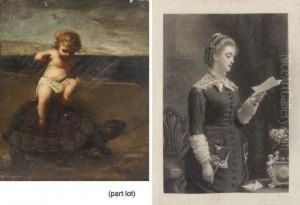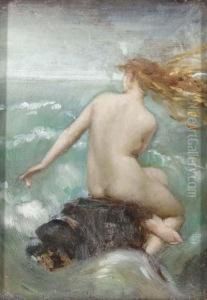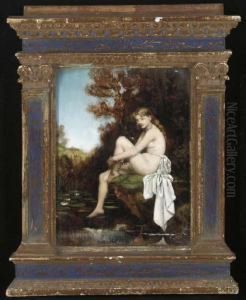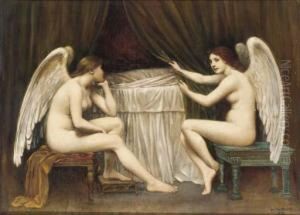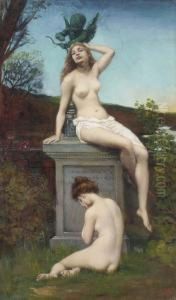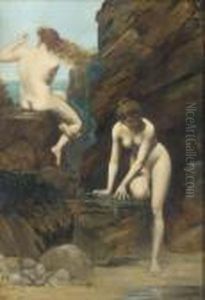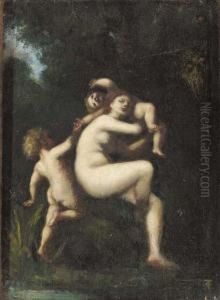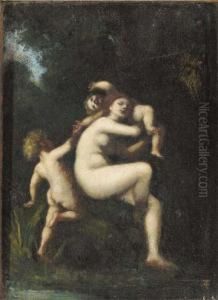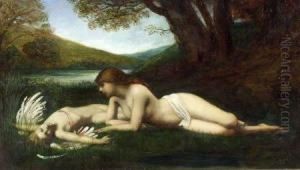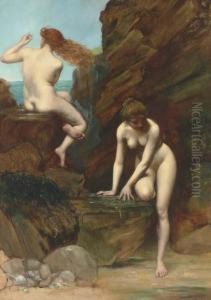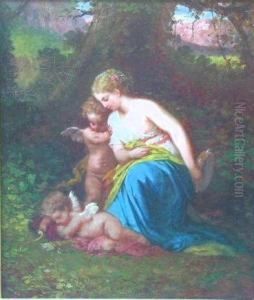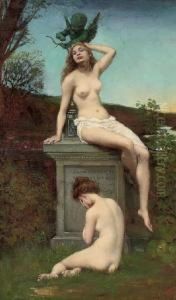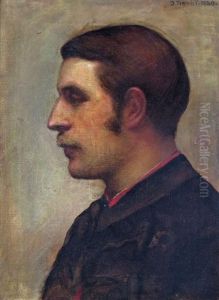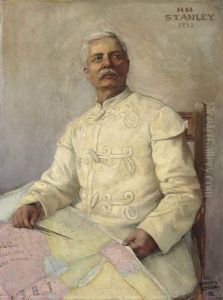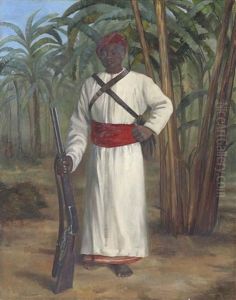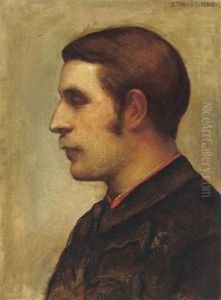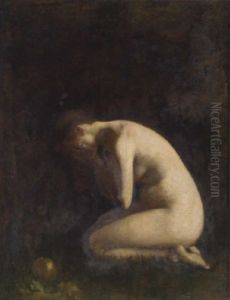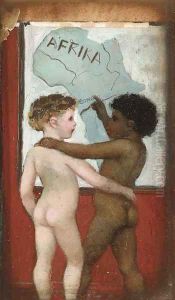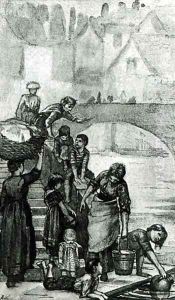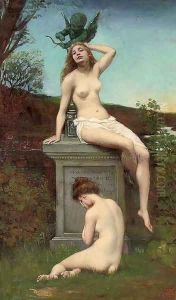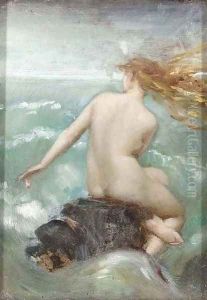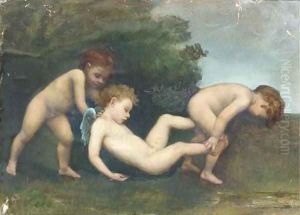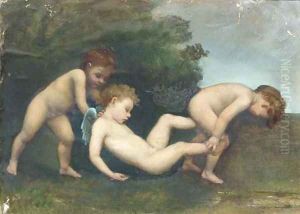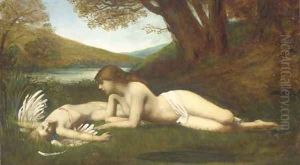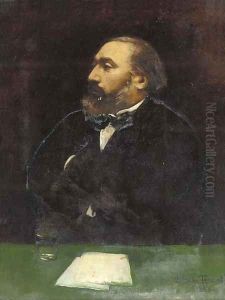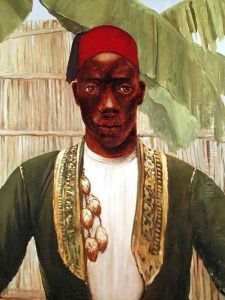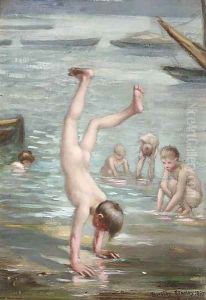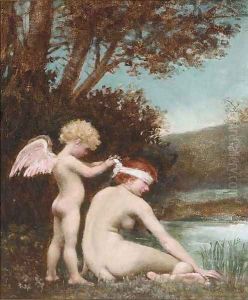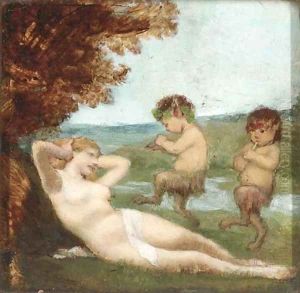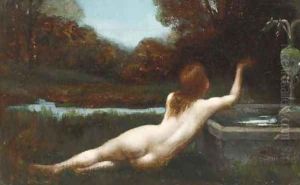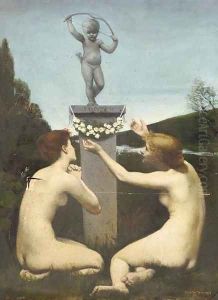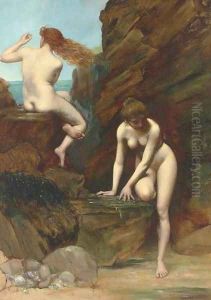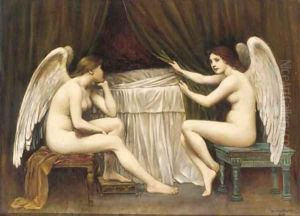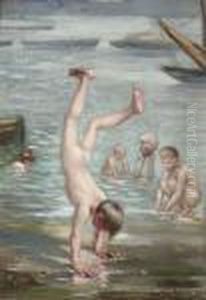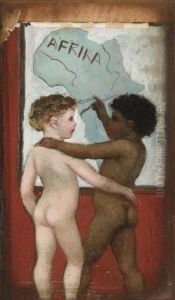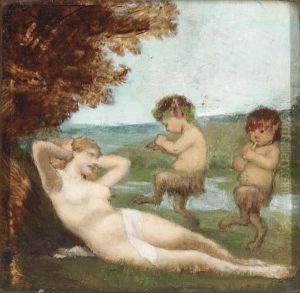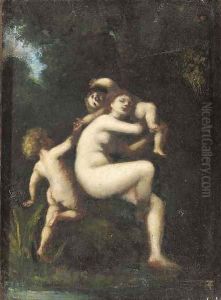Dorothy, nee Tennant Stanley Paintings
Dorothy Tennant was an English painter and author born in London on March 22, 1855. She was well-known for her society portraits and her work that often depicted scenes from literature and mythology. Tennant was educated at home, along with her siblings, by a governess. She showed an early interest in art and was later admitted to the Slade School of Fine Art, which was a progressive institution that accepted female students.
Her talent was recognized early on, and she exhibited her work at prestigious venues such as the Royal Academy of Arts. Tennant was also involved with the Grosvenor Gallery and the New Gallery, which were known for showcasing the work of the Aesthetic Movement and artists who were exploring new and innovative ideas in art.
In 1890, Dorothy Tennant married Henry Morton Stanley, a famous Welsh-American explorer who is best known for his exploration of central Africa and his search for missionary and explorer David Livingstone. Upon her marriage, she became Lady Stanley. Her marriage to Stanley brought her into contact with a wide circle of notable individuals, which often became subjects of her portraits.
Throughout her life, Dorothy Tennant Stanley was also an author and illustrator. She published a book titled 'London Street Arabs,' a compassionate look at the lives of London's poor children. Her illustrations complemented her written work, providing a vivid portrayal of the subjects she discussed.
She died on September 5, 1926, in London. Her legacy as an artist is marked by her contributions to late Victorian art, and her work remains a testament to her skill and versatility as an artist and illustrator.
